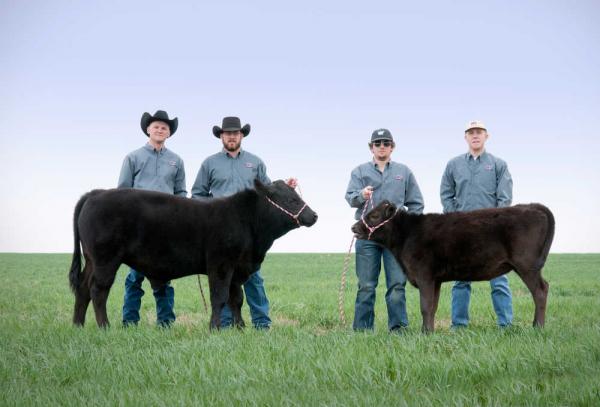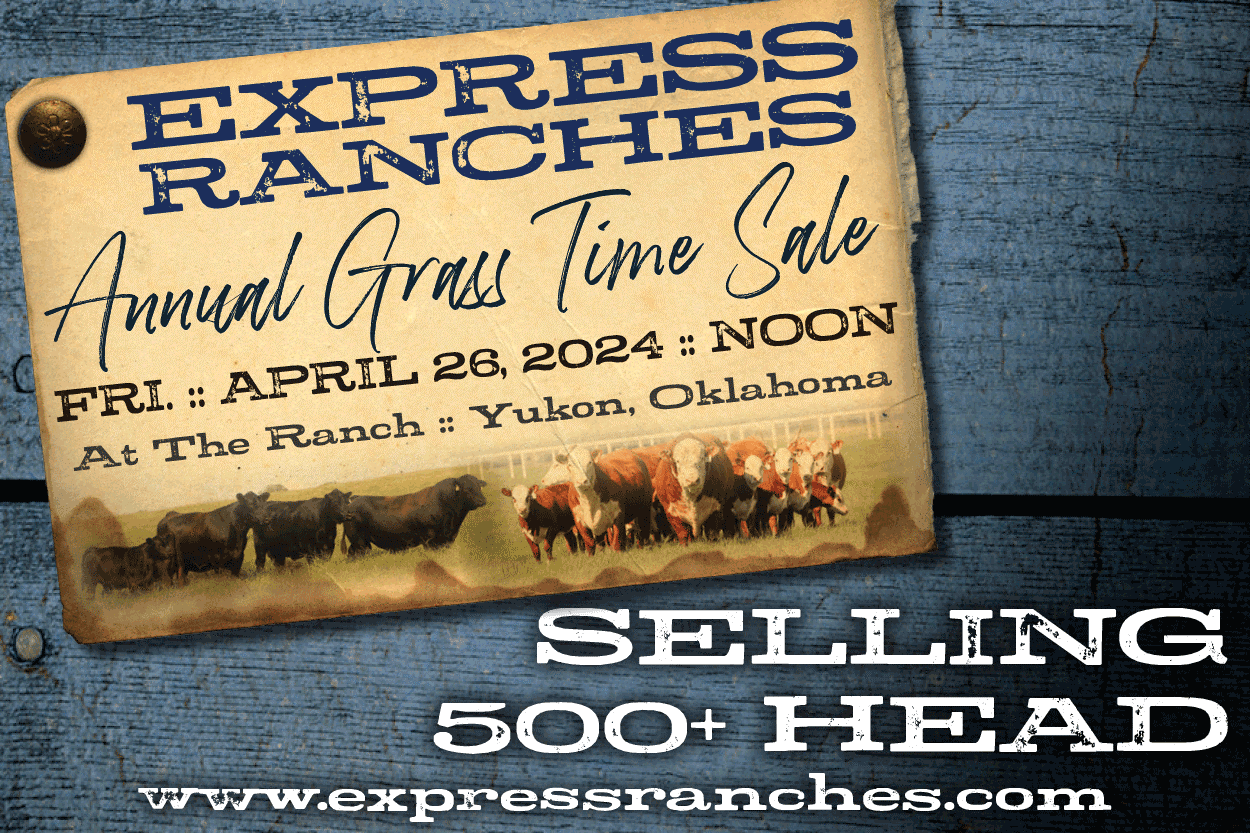
Agricultural News
Building a New Beef Breed- Backwards- The Dream of Meat Scientist Ty Lawrence
Mon, 10 Aug 2015 03:47:38 CDT
 Building a New Breed of Cattle Backwards- that's what the project known as Prime One is all about at West Texas A&M. This Texas Panhandle University is the home of Alpha, the cloned bull that is the result of DNA tissue that has come from a Prime Yield Grade One carcass discovered by researcher Dr. Ty Lawrence. Dr. Lawrence says that he saw two such carcasses in one night a few years ago as he watched carcasses roll by in front of him in a packing plant just outside of Amarillo. He likened it to being struck by lightning twice in one night.
Building a New Breed of Cattle Backwards- that's what the project known as Prime One is all about at West Texas A&M. This Texas Panhandle University is the home of Alpha, the cloned bull that is the result of DNA tissue that has come from a Prime Yield Grade One carcass discovered by researcher Dr. Ty Lawrence. Dr. Lawrence says that he saw two such carcasses in one night a few years ago as he watched carcasses roll by in front of him in a packing plant just outside of Amarillo. He likened it to being struck by lightning twice in one night.
Dr. Lawrence told the audience at the Southern Plains Beef Symposium that a carcass that grades both Prime as well as Yield Grade One is extremely rare- only about .04% of all slaughter cattle carcasses ever hit that combination of muscle and fat. At the Symposium, Dr. Lawrence talked with Radio Oklahoma Ag Network Farm Director Ron Hays about the research project that now has cloned cattle on the ground, along with their naturally born offspring- including a half dozen steers that will be fed out and examined for their carcass quality traits sometime next spring. You can hear their conversation by clicking on the LISTEN BAR below.
Dr. Lawrence summed up the approach they have taken to this point- "Rather than beginning with the male and female that you like visually and mating those two- we are beginning with the carcass that we prefer in the end and building the breed backwards." The project has been dubbed the PrimeOne project at the University and has attracted media attention nationally and even internationally. One example of the media spotlight that has shone on Alpha the bull and his heifer friends Gamma 1, 2 and 3 is an article in National Geographic, available here. The picture here is of Alpha the bull on the left and one of the Gamma heifers on the right.
Dr. Lawrence says that the Prime Yield Grade One carcasses are rare enough- but in their research- they have gone even further in the selection process. "We are sorting through the carcasses to not only find the ones that are Prime Yield Grade One, but furthermore have the genetic propensity to be a repeat occurance of high yield and high quality simultaneously. Once we find one of those animals, we have chosen to clone them and thus far, we have cloned three carcasses and have five live animals on the ground at our ranch at West Texas A&M."
Hays asked Ty Lawrence about the vision of this research effort and he says that the vision is "number one- can it work? As a scientist and specifically as a meat scientist, I am interested in the quality and the yield of red meat products in the very end. And so, this is a very unconventional approach." He adds that the vision is also about building a breed that could help ranchers raise a more valuable animal. "Can we build a breed of cattle, in which we could provide sires, semen, dams, embryos- and put those into your herd and shift the distribution to higher quality and higher yield simultaneously."
Dr. Lawrence told cattlemen and ladies at the Southern Plains Beef Symposium that he does not have a name for a possible breed that may come out of his work- that the University has folks with marketing background that are working on that- but he remains hopeful that this rarest of beef carcasses can help cattle producers produce a calf more often than not that can have the right amount of the taste fat and less and less of the waste fat.
For some additional reading on the PrimeOne project- click here for a 2012 news release from Texas A&M that describes the project to the point where the first cloned calf was born.
WebReadyTM Powered by WireReady® NSI
Top Agricultural News
More Headlines...



















